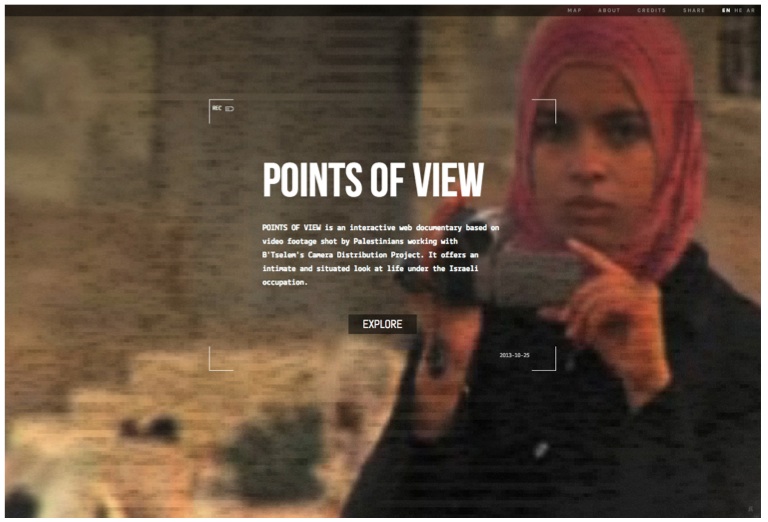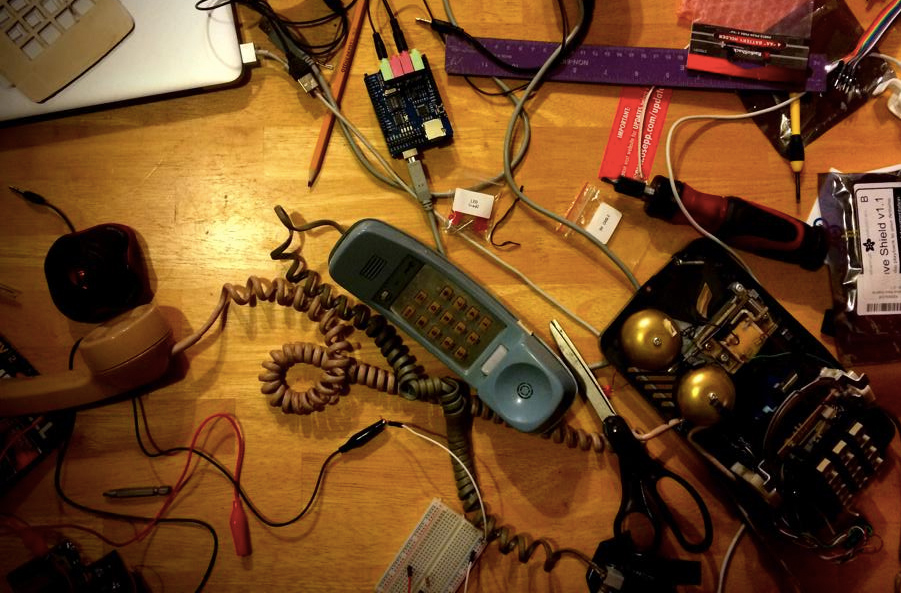Redesigning Archives
Posted on December 16, 2014The Ethnographic Terminalia collective showed again at this year’s American Anthropological Association annual meeting. Their mission is to engage research in modalities other than text through art practice. This year they set their sights on archives.
Many of the works included in the show were interactive, inviting the viewer to explore the material anthropologists work with when they use archives. If I were charged with the task of revisioning the archive for the contemporary context, these interactive works are the kinds of probes I’d use to gain insight into new uses for archives.
Why might one wish to redesign the archives? This question is bound to the larger issue of knowledge and accessibility. An architect might advocate for building more archives, an information scientist might develop a cataloguing schema that supports intuitive searches, and a researcher might publish a paper on the need for more students to choose a career in research so the abundance of material might be interpreted. These approaches require massive infrastructural and discursive movements, and are likely not to progress past the proposal stage. How might a transdisciplinary designer approach this issue?
Zohar Kafir’s piece “Points of View” is a new take on how an archive is created, and how its contents might be made accessible. She calls the piece an interactive web documentary, but it exists without an explicit narrative comprised of shots stitched together in a single linear piece of cinema. Instead, the work is a collection of video pieces shot and edited by youth in Palestine that the user plays by clicking on links embedded in a digital map of the region. Videos are also tagged and searchable by theme. In this case the collection is arranged by its geographic location so a user can access pathways to knowledge they might want. If this approach were applied to the contents of the national archives in Washington DC, content would be arranged by its location, tagged with author/creator, subject, medium, time period, or notable items that might be in the background. Users might search the archives like they would a library catalogue, finding materials they might seek out to inform decisions about anything from business operations to graphic design.
“Viewers can browse the clips randomly, or follow pre-determined video trails that are connected via events and tags. The video trails offer viewers a way to learn more about particular events or areas, but also allow them to make their own connections, creating non-linear narratives that resist the fixed conclusions that can be provoked by linear documentary filmmaking.”
A team of artists and anthropologists developed a sonic delivery system for audio archives called the Schizo-Phone. Just dial a number and you can access sounds organized by time, place and subject. Built out of a plastic handheld phone reciever most often found on rotary phones, a digital tablet displaying a telephone keypad, and a printed phone book listing each sound and the number with which it can be reached. If a sonic archive followed the Dewey decimal system I might find any of these sounds quite easily, and the archive runs no risk of loading the material online for it to be repurposed or remixed without permission. A master collection wouldn’t be required either, as files located and managed by different archives could all be reached through the same interface.
“Schizophonia, def. The separation of sounds from their sources”
“The Schizophonic Archives highlight the roles machines play in making the ephemeral tangible and repeatable. Within the Bureau of Memories you will find a number of listening stations marked with the Schizophonic Archives icon. At these stations you can listen through radios, telephones, and sensors to transient fragments culled from a vast ocean of ethnographic and other sound archives.”
These two pieces certainly qualify as prototypes of features that an archive might build into their collection to increase traffic without damaging the integrity of its contents. What they don’t address is the problem of convincing those who manage archives that these kind of ideas are worth trying.

